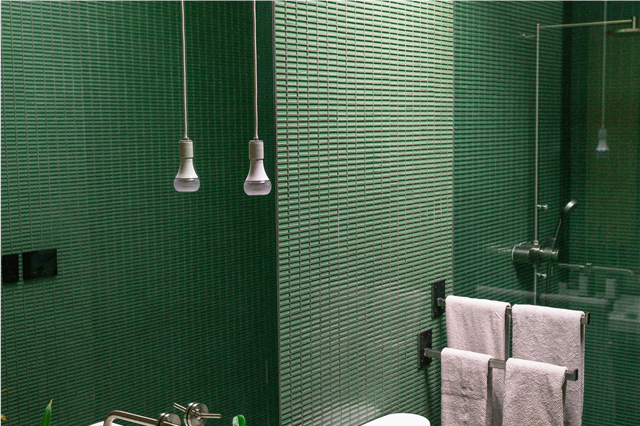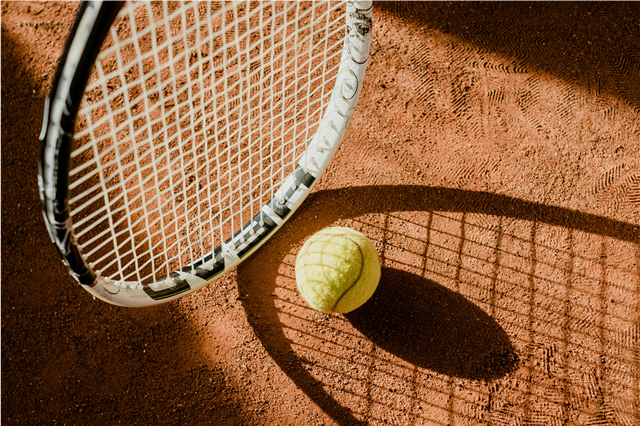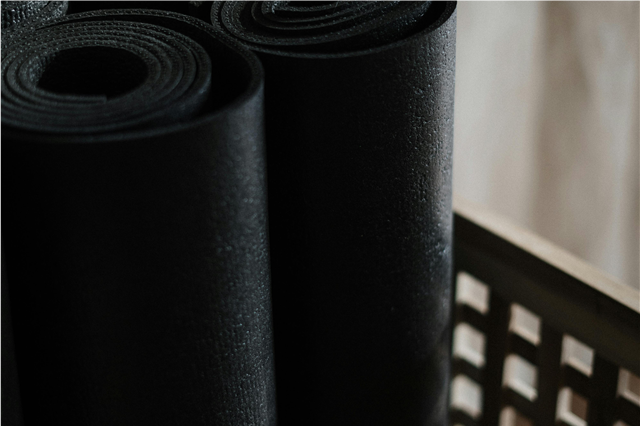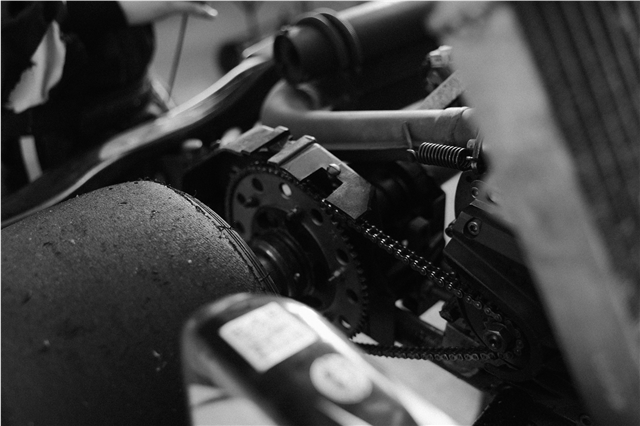
What are the common uses of PVC pipes in plumbing systems?
PVC (Polyvinyl Chloride) pipes have revolutionized modern plumbing systems, becoming the backbone of water distribution in millions of homes and buildings worldwide. But what exactly are these versatile pipes used for beyond just carrying water? Let's explore the fascinating world of PVC plumbing applications.
What Makes PVC Pipes So Popular?
Before diving into their uses, it's worth noting that PVC pipes dominate the plumbing market for good reason. They're lightweight, corrosion-resistant, cost-effective, and incredibly durable. In fact, PVC pipes can last over 100 years when properly installed – that's longer than many traditional metal pipes!
The Top 15 Common Uses of PVC Pipes in Plumbing Systems
1. Drain-Waste-Vent (DWV) Systems
PVC is the go-to choice for drainage systems, handling everything from sink wastewater to toilet waste. These pipes efficiently transport waste away from your home while maintaining proper venting to prevent sewer gases from backing up.
2. Cold Water Distribution
While not suitable for hot water lines due to temperature limitations, PVC excels at distributing cold water throughout buildings. It's commonly used in irrigation systems, outdoor faucets, and cold water supply lines.
3. Sewer Line Connections
Municipalities and homeowners alike rely on PVC for sewer connections due to its smooth interior surface that prevents clogs and allows for easy cleaning with drain snakes.
4. Storm Water Management
PVC pipes play a crucial role in managing rainwater runoff through storm drains, culverts, and retention systems. Their chemical resistance makes them ideal for handling acidic rainwater.
5. Swimming Pool Plumbing
The chemical resistance of PVC makes it perfect for pool filtration systems, where chlorine and other treatment chemicals would quickly corrode metal pipes.
6. Irrigation Systems
From agricultural fields to residential gardens, PVC pipes deliver water efficiently through sprinkler systems, drip irrigation, and landscape watering networks.
7. Vent Stacks
These vertical pipes allow air into drainage systems, preventing suction that could slow water flow and cause gurgling sounds in fixtures.
8. Underground Water Lines
PVC's durability and resistance to soil chemicals make it ideal for buried applications like main water service lines and private well connections.
9. Toilet Waste Lines
The large diameter options (typically 3-4 inches) make PVC perfect for handling toilet waste without clogging concerns.
10. Basement and Foundation Drainage
Perforated PVC pipes surrounded by gravel create effective French drain systems that protect basements from flooding.
11. Gray Water Systems
As sustainability becomes more important, PVC pipes are increasingly used in gray water recycling systems that reuse water from sinks and showers for irrigation.
12. Plumbing Fixtures Connections
PVC serves as the backbone connecting various plumbing fixtures including sinks, bathtubs, showers, and washing machines to the main drainage system.
13. Commercial Building Applications
Large commercial structures use extensive PVC networks for their plumbing needs, often incorporating massive pipe diameters to handle high-volume requirements.
14. Septic System Components
PVC is extensively used in septic tank installations, distribution boxes, and leach field piping due to its long lifespan and chemical resistance.
15. Medical Gas Systems
Believe it or not, specialized PVC formulations are even used in some medical facilities for vacuum systems and certain non-critical gas applications.
Interesting PVC Facts That Might Surprise You
- PVC pipes were first used commercially in the 1950s, making them relatively new compared to centuries-old copper and iron piping
- They're 60% lighter than copper pipes, making installation significantly easier and faster
- A single PVC pipe can carry water for an entire neighborhood when properly sized for the application
- The smooth interior of PVC pipes actually improves water pressure compared to rougher materials like older galvanized steel
Why PVC Replaced Traditional Materials
The shift from metal to plastic plumbing wasn't just about cost savings. PVC solved major problems that plagued traditional plumbing:
- No more pinhole leaks from corrosion
- Eliminated lead contamination risks
- Reduced water hammer issues due to better shock absorption
- Easier repairs without specialized tools like torches or threaders
Installation Tips and Best Practices
Professional plumbers typically use solvent welding (gluing) to join PVC pipes, creating permanent joints that are actually stronger than the pipe itself. The key is using the correct primer and cement for the specific type of PVC being installed.
Environmental Impact and Recycling
Modern PVC pipes are 100% recyclable and many manufacturers now produce pipes with recycled content. The long lifespan means fewer replacements and less overall material usage over time.
Looking Ahead: The Future of PVC Plumbing
As technology advances, chlorinated PVC (CPVC) and other enhanced formulations are expanding PVC applications to include hot water systems and even some industrial processes previously impossible with standard PVC.
Bottom Line: PVC pipes have transformed from simple water carriers to sophisticated plumbing solutions that keep our homes, businesses, and communities running smoothly. Whether you're building a new home or upgrading an old system, understanding these versatile pipes helps ensure reliable, long-lasting plumbing performance.
Next time you turn on a faucet or flush a toilet, remember – there's probably PVC hard at work behind the scenes, quietly doing one of these 15 essential jobs!
Keywords: PVC pipes, plumbing systems, drainage pipes, PVC applications, plumbing materials, waste management systems, irrigation piping, sewer lines, vent stacks, underground plumbing, pool plumbing, commercial plumbing, residential plumbing, PVC advantages, pipe installation
Meta Description: Discover the 15 most common and surprising uses of PVC pipes in modern plumbing systems, from drainage and irrigation to swimming pools and septic systems. Learn why PVC dominates the plumbing industry.
















Post Comment